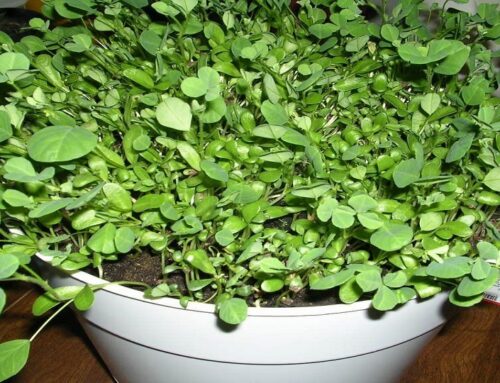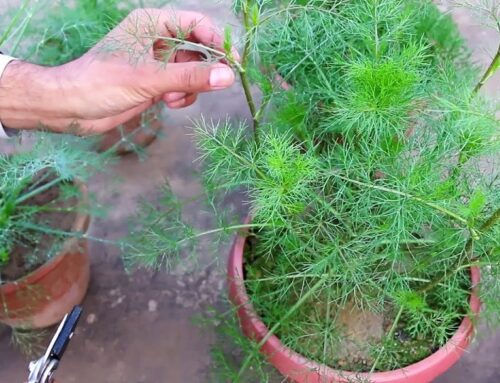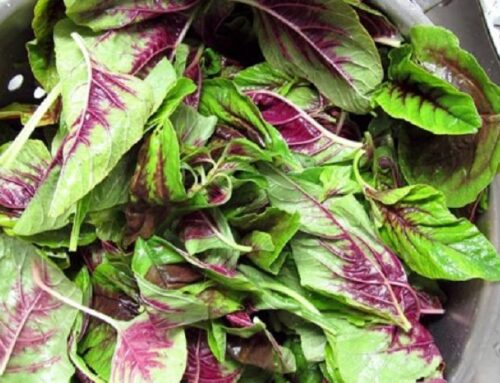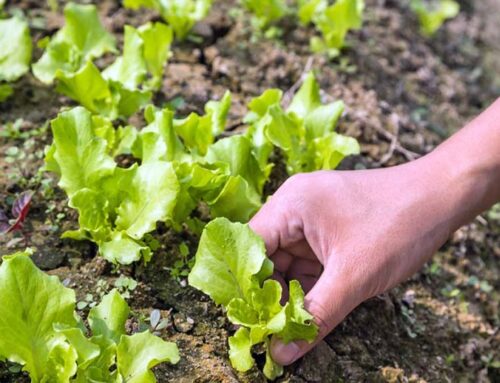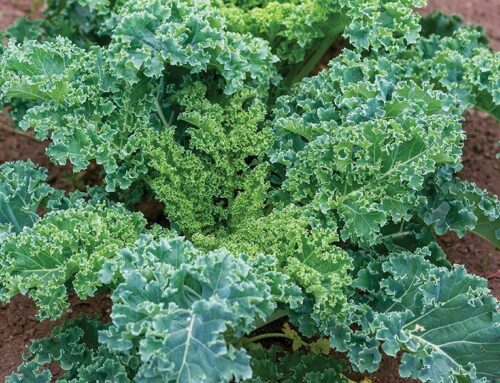Scientific name of arugula is Eruca sativa. Arugula belongs to the family Brassicaceae, the cabbage family (syn. Cruciferae). All members of Brassicaceae are believed to be originated in the region comprising of Western Europe, the Mediterranean region and the temperate regions of Asia.
Common names of Arugula are ‘Salad Rocket’, ‘Garden Rocket’, ‘Eruca’ and “Rocket”. It is a popular salad vegetable; its leaves, flowers, tender seed pods and seeds are edible.
Arugula is grown as an annual for food purposes; it is a quick-growing plant and the plant grows up to a height of one meter under good growing conditions. Leaves are pinnate, with 4-10 small lateral lobes and a large terminal lobe. Leaves are highly pungent flavoured. Flowers are up to 4cm in diameter, arranged in corymbs. Flowers are with white petals and yellow stamens. Fruit is a pod up to 4 cm long with a terminal beak, and containing numerous seeds.
Arugula is a Brassica vegetable and all Brassica vegetables are biennial in their growing habit. However, for food purposes they are grown as annual herbs. Arugula is grown for its highly nutritious, pepper-flavoured dark green leaves which are used as a salad vegetable.
Fresh arugula greens are used as a salad component while chopped leaves are used as a flavouring agent in soups, omelettes and seafood dishes. Chopped leaves can also be used for garnishing spicy food preparations.
A cold and moist climate is the most ideal for healthy growth of the arugula greens. However, plants are susceptible to even mild frost. Hence, frost protection is mandatory in those locations where plants are susceptible to frost.
Most ideal soils are well drained, rich, fertile soils with sufficient moisture holding capacity. Soil should be free from nematode infestations as arugula plants are prone to nematode attack. Soil can be made nematode-free through soil sterilization. Arugula is a sun-loving plant and requires plenty of sunlight for its vigorous leaf growth. Arugula grows best in locations where full sunlight is available during the daytime.
Propagation is via seeds. For container-grown plants, seeds may be sown at any time. However for field growing, ideal time for seed-sowing is spring season. Seeds may be sown in well-prepared nursery beds. The soil of the nursery bed is thoroughly mixed with decomposed organic matter so that seedlings are properly nourished from the start.
Seeds are sown in a well-prepared nursery bed by broadcasting; nursery bed is covered with a light bio-mulch or a thin layer of soil after sowing is over. Once sowing process is over, nursery bed is lightly watered. Watering is done on regular basis so that the soil is kept moist throughout the seed germination period. Seeds germinate within a week. Thinning is done to avoid crowding of plants. While thinning, distance between two plants should be kept at least 10 cm.
Arugula seedlings can be transplanted in pots/containers or in the field. Care should be taken to irrigate the plants regularly to keep the soil moist. Proper weeding and hoeing should be done to get good quality leaves.
Fully ripe tender leaves are harvested for food consumption. Harvest may be done after 40 to 45 days of planting. Larger and over-ripe leaves are bitter and hence should not be harvested. Leaves are cut from the base with a sharp knife. Harvest only the outer tender leaves. The inner leaves are left undisturbed so that they become ready for the next crop.
We have a book on ‘Leaves as Vegetables‘….
Check out our publishing services here…
We publish top quality videos on various ‘Food & Agriculture’ topics. You may subscribe our video channel here…


